Developer(s) The OGRE Team Written in C++ | Development status Active Platform Cross-platform | |
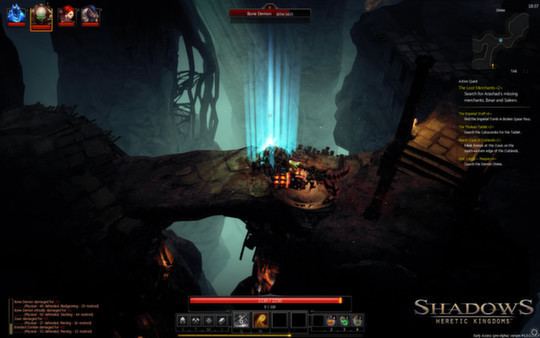 | ||
Stable release 1.9.0 (Ghadamon) / November 22, 2013; 3 years ago (2013-11-22) Preview release 2.1 / Made public in February 9, 2015; 2 years ago (2015-02-09) | ||
suez canal it celebrities talk steve streeting ogre
Object-Oriented Graphics Rendering Engine (OGRE) is a scene-oriented, real-time, 3D rendering engine, as opposed to a game engine. OGRE is cross-platform and abstracts from the underlying system libraries, like Direct3D and OpenGL.
Contents
- suez canal it celebrities talk steve streeting ogre
- Animation blending with ogre
- Architecture and features
- Rendering engine features
- Language bindings and wrappers
- Export formats
- Supported platforms
- History
- Version naming
- Release 10
- Google Summer of Code 2006
- Relicensing
- Release history
- Open source games and simulations
- Games with proprietary licenses
- Reception
- References
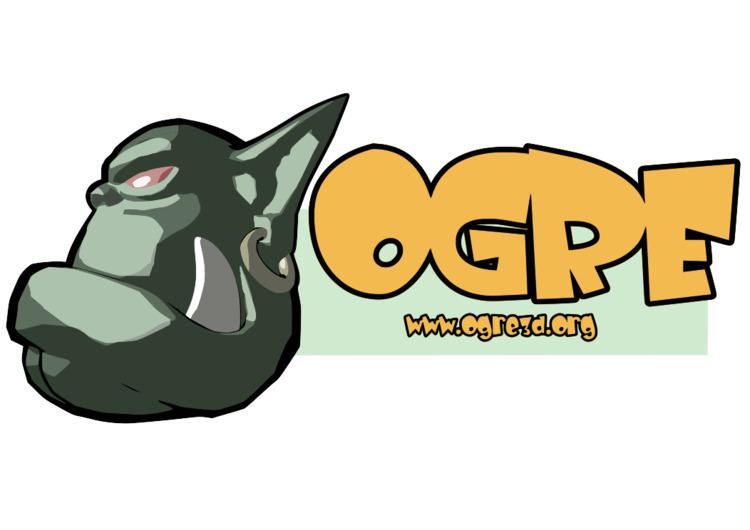
Animation blending with ogre
Architecture and features
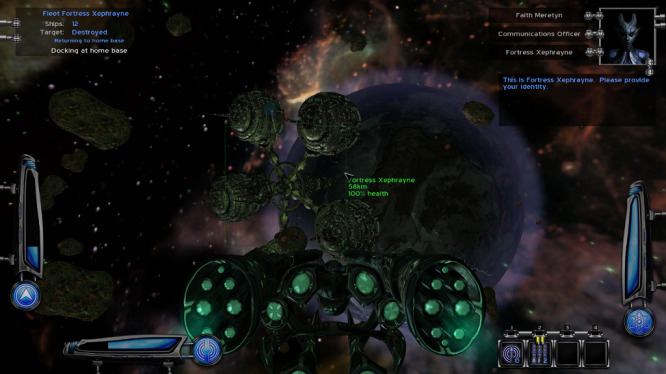
OGRE's main purpose is to provide graphics rendering. While it also comes with other facilities (vector and matrix classes, memory handling, etc.), they are considered supplemental. It doesn't provide audio or physics support, for instance.

OGRE is written in C++ and has an object-oriented design with a plugin architecture that allows addition of features, thus making it highly modular. OGRE explicitly supports the OIS, SDL and CEGUI libraries, and includes the Cg toolkit. The libraries also feature memory debugging and loading resources from archives.
Rendering engine features
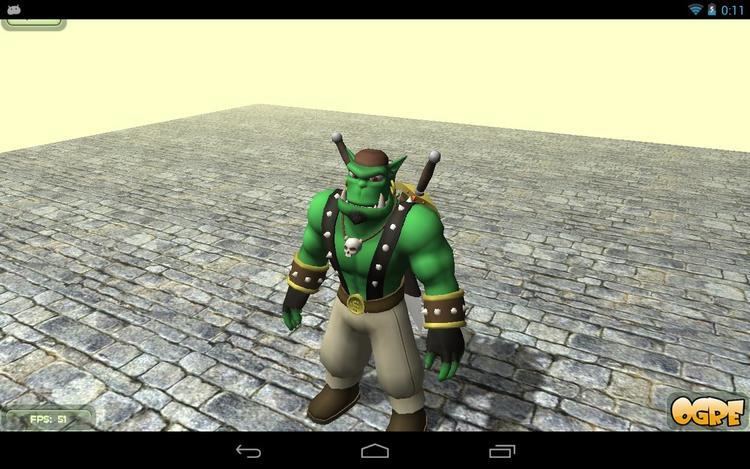
OGRE is a scene graph based engine, with support for a wide variety of scene managers, most notably octree, binary space partitioning (BSP) and a Paging Landscape scene manager, along with a beta-stage portal-based scene manager under ongoing development.
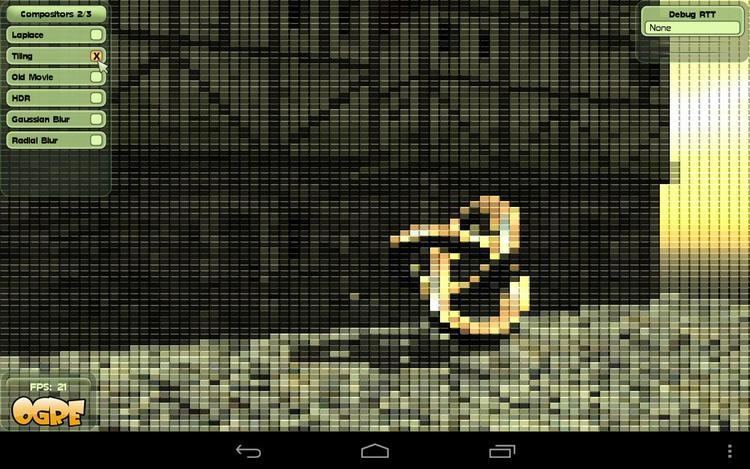
The landscape scene manager has support for progressive level of detail (LOD), which can be created automatically or manually. The animation engine has full support for hardware weighted multiple bone skinning, which can be fixed across several poses for full pose mixing.
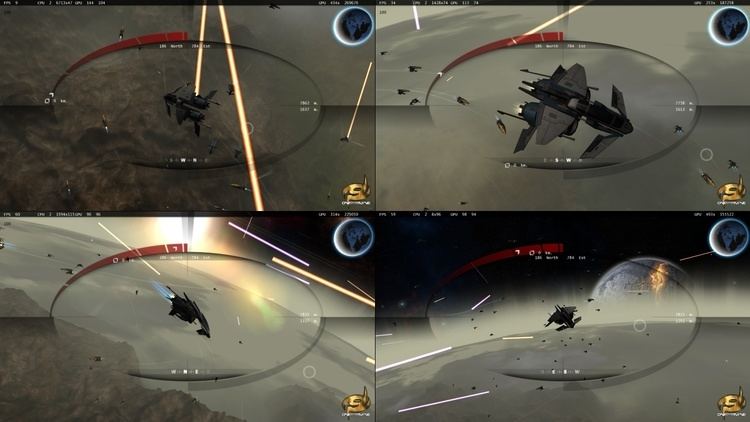
OGRE is designed to make it easier to write programs that use hardware-accelerated 3D graphics. OGRE also supports Vertex and Fragment programs along with custom shaders written in OpenGL Shading Language (GLSL), High-Level Shading Language (HLSL), Cg, and Assembly language.
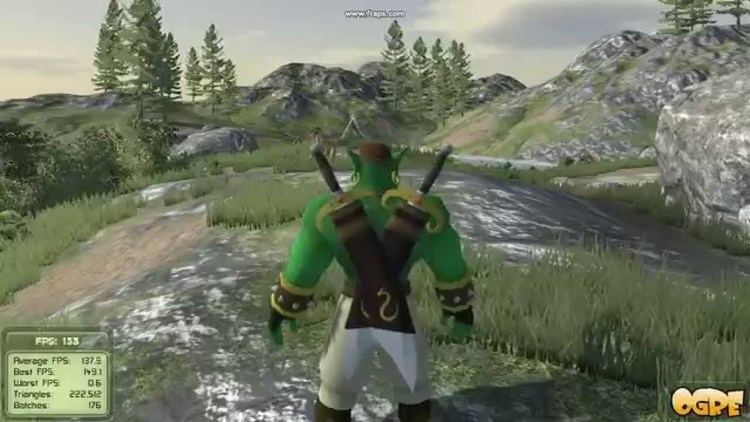
OGRE also has a compositing manager with a scripting language and full screen video post-processing for effects such as high dynamic range rendering (HDR), blooming, saturation, brightness, blurring and noise. A particle system with extensible rendering and customizable effectors and emitters.
Language bindings and wrappers
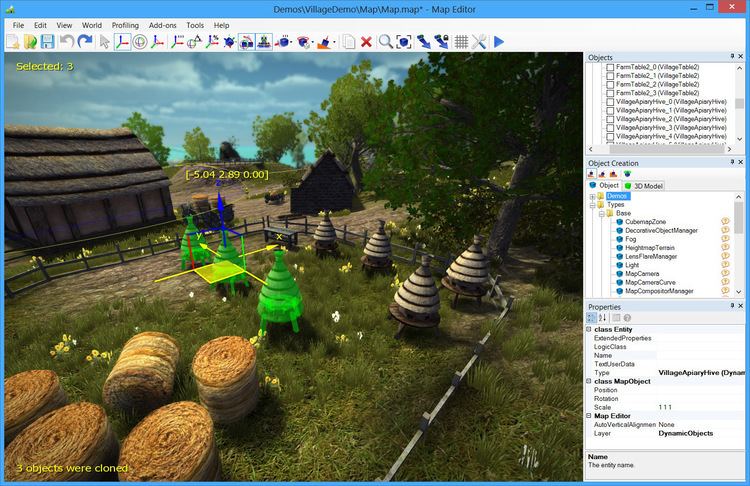
There exist a number of OGRE bindings to other languages and frameworks including Perl, PureBasic, Python-Ogre for Python, Ogre.rb for Ruby, Ogre4j for Java and OgreDotNet, GMOGRE for Game Maker, MOGRE for .NET and hogre for Haskell.
Export formats
There are content exporter tools available for most 3D modelers around including 3D Studio Max, Maya, Blender, LightWave, Milkshape 3D, Sketchup and more.
Supported platforms
OGRE has cross-platform support as the class library abstracts from the underlying system libraries, like Direct3D and OpenGL. It renders the same content on different platforms without the content creator having to take into consideration the different capabilities of each platform.
As of 2015, it supports Linux, Windows (all major versions), OS X, Google Native Client (NaCl), WinRT, Windows Phone 8, iOS and Android. Currently, pre-compiled binaries exist for Linux, OS X, and all major versions of Windows. An unofficial FreeBSD port is maintained by the FreeBSD community.
History
OGRE's history goes back to the end of 1999 and beginning of 2000 when the project was registered on SourceForge.
OGRE was initially published under a dual license (one being GNU Lesser General Public License (LGPL), the other one called OGRE Unrestricted License (OUL)), to make it possible to be chosen for console development as well, because most of the publishers won't use the copyleft license terms.
Version naming
OGRE's development is organized in version branches. These branches have been named after members of an ancient race of fearsome deities called the Great Old Ones in the Cthulhu mythology of H. P. Lovecraft: Hastur for 0.15.x, Azathoth for 1.0.x, Dagon for 1.1.x and 1.2.x, Eihort for 1.3.x and 1.4.x, Shoggoth for 1.5.x and 1.6.x,
Release 1.0
OGRE's version 1.0.0 (Azathoth) was released in February 2005.
Google Summer of Code 2006
OGRE got 6 slots in Google Summer of Code 2006 to enhance the existing engine and add new features to it. These entries were a Tool for one-step solution for artists, RmOgreExporter (v2), FxOgreExporter, Instancing, Crowd Rendering, Extending, Demo-ing, and Documenting the Shadow Mapping System, Scene Management, and Billboard Clouds. In the following years, many other Google Summer of Code projects have been realized for the OGRE engine.
Relicensing
In 2010 with version 1.7.0, OGRE was relicensed under the terms of the permissive MIT License, a simpler license text was given as reason.
As of 2012, OGRE has cross-platform support.
The current release in the 1.x.y series is 1.9 (Ghadamon), released on November 22, 2013.
Release history
A brief history of OGRE, and its milestones:
Open-source games and simulations
Games with proprietary licenses
Reception
OGRE has an active community, and was SourceForge's project of the month in March 2005. It has been used in some commercial games such as Ankh, Torchlight and Garshasp.
